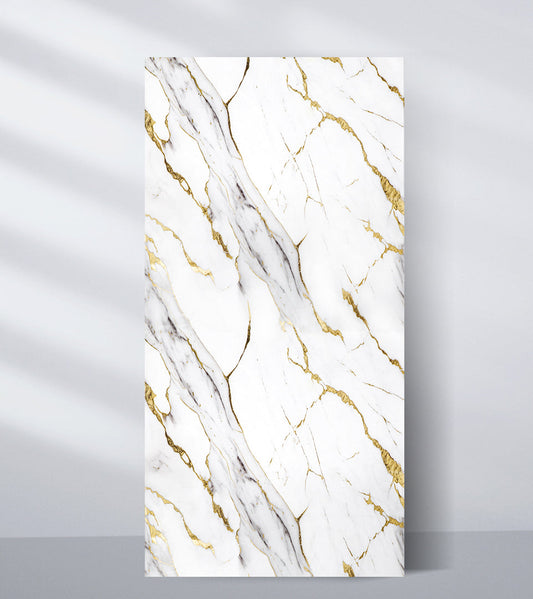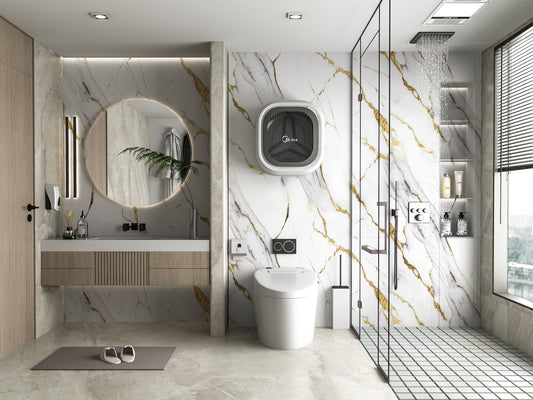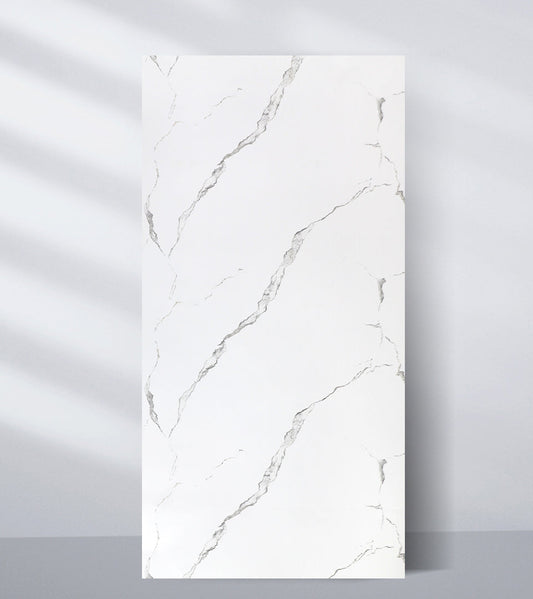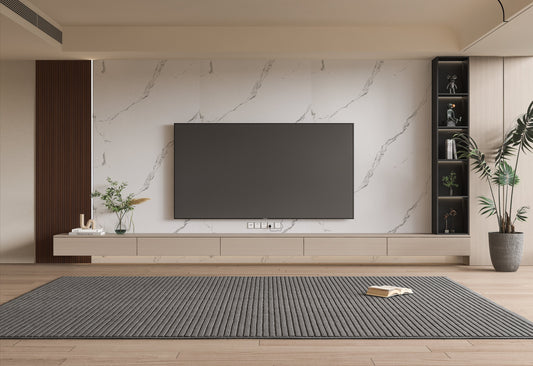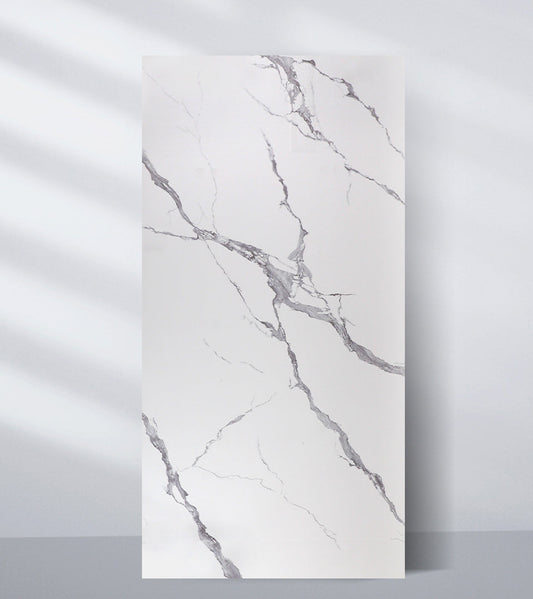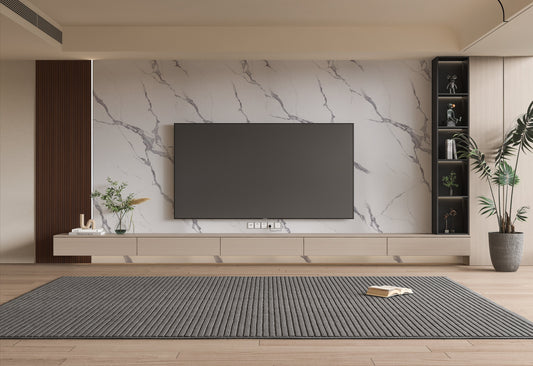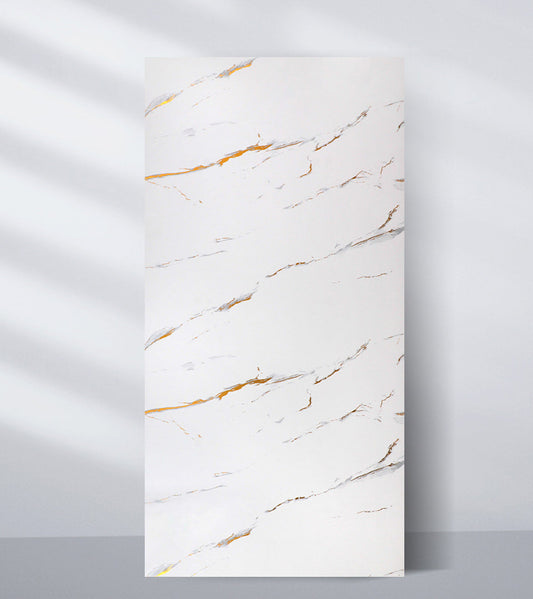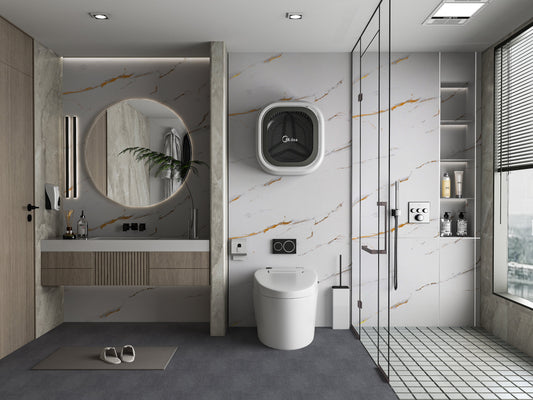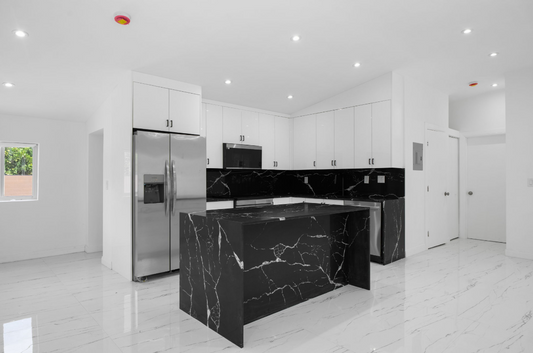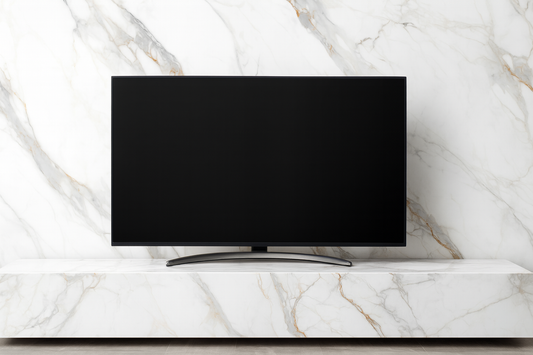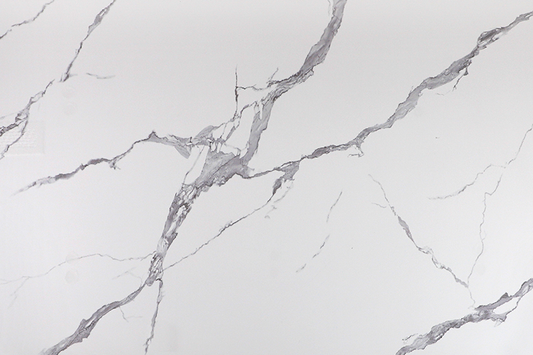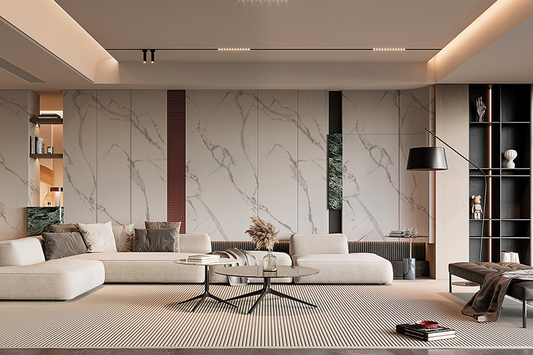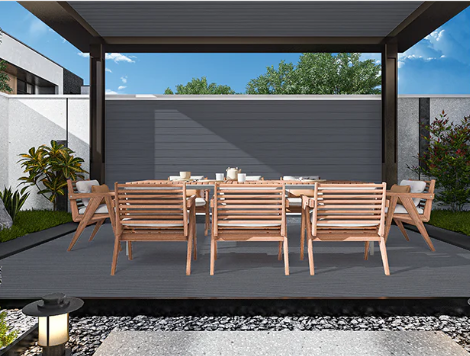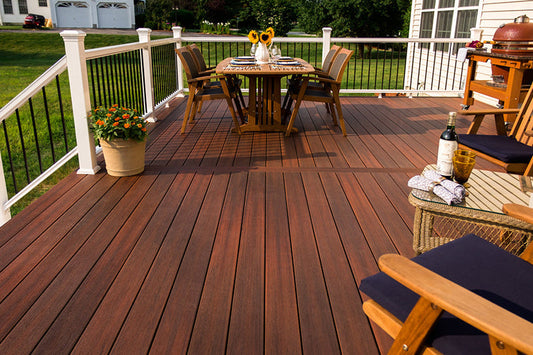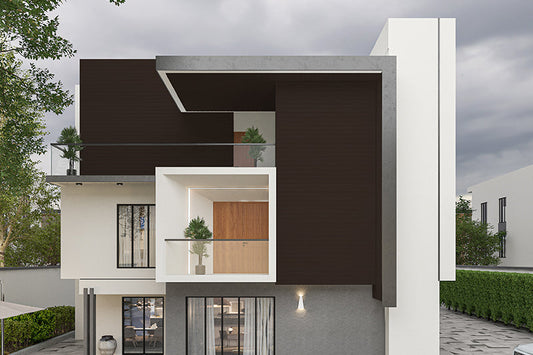Are you ready to break free from the continuous process of fence staining and maintenance work?
Homeowners find themselves trapped in a recurring pattern of maintenance work. The wooden fence looks amazing during its first 18 months before homeowners need to start over with springtime staining and sanding. I have observed multiple neighbors performing this maintenance routine throughout multiple years which has become tiresome to watch.
The maintenance-free benefits of composite fencing make it stand out as a revolutionary product. The fencing hybrid system unites superior elements from different materials to eliminate all maintenance requirements which traditional fencing systems need.
Your outdoor area needs protection from ongoing maintenance work. Your free time should be used for activities other than painting and dealing with wooden fence deterioration.
How Composite Fencing is Made: The Science Behind the Solution
I observed the composite manufacturing facility through a tour last year while watching their large machines combine recycled wood fibers with recycled plastic materials. The manufacturing process resembled cookie dough preparation but used wood particles instead of chocolate chips and polymer binders instead of chocolate chips.
The production process of composite fencing material follows this specific method. The production of composite fencing material begins with recycled materials which consist of 60% wood fibers obtained from furniture production waste and 40% recycled plastic derived from milk jugs and shopping bags. The production of fence panels occurs through a process that combines wood fibers with plastic materials and heat treatment followed by extrusion to create panels that display wood texture and plastic weather protection.
The wood fibers in the material create its natural grain pattern while the recycled plastic coating protects the fence from rot and insect damage and water penetration. The material exists without chemical treatments because it naturally fights against the decay that affects standard wood fences.
The production of composite fence panels results in boards which measure between 6-8 feet in length and span from 4-8 feet in height. The production method results in boards that have 30% greater weight than wood planks which leads to enhanced wind resistance against wind and better structural stability.
Composite Fence vs Wood Fence: The Real-World Breakdown
I have gained experience from installing both types of fences during the last ten years.
A traditional wood fence begins with excellent performance. Your cedar or pine privacy fence appears perfect during its first summer season. The following year brings the initial signs of weathering to your fence. The third year brings the need for your first complete staining project. The fifth year brings the need to replace boards which have warped or started to rot.
The appearance of composite fences remains unchanged because they do not need any protective coatings. The board thickness of composite materials contains the initial color which prevents different colored materials from showing through scratches.
The installation process between these two options produces different results. The exact placement of wooden fence posts needs careful measurement because wood experiences substantial size changes when temperatures fluctuate. The expansion rate of composite materials reaches 75% below wood levels which keeps your fence panels in correct alignment throughout different seasons.
The initial cost for a 100-foot privacy fence made from pressure-treated pine amounts to $2,800 but you will need to spend $400-600 on maintenance supplies every two to three years. The upfront cost for composite fencing extends from $4,200 to $5,000 but it requires no maintenance products during its 25-year service period.
Composite Fence vs Vinyl Fences: Which Wins for Your Yard?
The two fence types present themselves as wood-free solutions yet they address distinct maintenance requirements.
The main advantage of vinyl fences emerges when residents live in areas that experience wide temperature fluctuations. The material withstands impact without breaking and maintains its color better than previous composite materials did. The material structure of vinyl fencing resembles plastic more than any other substance. The ability to stain or paint vinyl fencing exists only at the beginning because subsequent color changes become impossible and strong impacts will damage the panels beyond fixable points.
The wood grain appearance of composite fence boards exceeds what vinyl fencing can achieve. The composite material allows you to perform sanding and staining operations for color changes although most users choose not to do so. The impact resistance of composite panels allows them to dent instead of cracking when hail or falling branches strike them which simplifies the repair process.
The main distinction between these materials emerges through their performance under different temperature conditions. The extreme cold temperatures cause vinyl panels to lose their flexibility until they break when struck by snow shovels at temperatures below -10°F. The wood fibers within composite materials enhance their ability to withstand temperature changes because they maintain stability in the polymer matrix.
 |
|
Benefits of Composite Fencing: Why Homeowners Make the Switch
Most people choose durability as their first reason to select this option. The warranty period for composite fencing extends to 20-25 years but wooden fences need extensive repairs after 8-12 years of service. The warranties come from actual tests that duplicate multiple years of weather exposure and freezing and wetting conditions.
The environmentally friendly aspect of composite fencing might become the deciding factor for your family to choose this option. The installation of 100 linear feet of composite fence panels removes 1,200 pounds of plastic waste and 800 pounds of wood waste from landfills. Your privacy fence construction uses recycled materials which prevent these materials from entering the environment as environmental hazards.
The promise of minimal upkeep actually becomes a reality for users. The absence of yearly staining operations prevents volatile organic compounds (VOCs) from reaching your soil or groundwater. The fence requires no pressure washing for maintenance. The fence does not need any termite control measures. Your main responsibility will be to clean pollen from the fence during springtime.
The fire-resistant properties of composite materials offer users a useful advantage in practical applications. The flame-spreading ability of wooden fences between properties does not exist in composite materials because these materials stop burning when the fire source of ignition disappears. Insurance companies offer reduced premiums to customers who have fire-resistant fencing systems.
Cons of Composite Fencing: The Honest Truth
The high initial cost of composite fencing stands as the main obstacle for homeowners. The initial cost of composite fencing materials exceeds pressure-treated lumber by 40-60% throughout different geographic areas. The high initial cost of composite fencing leads homeowners to choose traditional wood fencing despite composite materials offering better long-term value.
The initial generation of composite fence boards developed between 10-15 years ago experienced color degradation when exposed to sunlight. The current composite materials contain improved UV protection but deep brown and black colors tend to fade more than lighter shades during 15-20 years of exposure.
The weight of composite fence panels demands stronger posts for installation. The installation process for composite fence panels demands stronger posts and additional support brackets when installing of composite materials.
The selection of colors for composite fencing remains restricted when compared to vinyl and painted wood in areas with strong winds. The installation methods for wooden fences will require modifications because of the heavier weight options. The standard color selection from manufacturers includes 3-6 wood stain-inspired options but they do not offer any custom color options.
The material expands with temperature changes although it does so at a lower rate than wood. The installation process requires panel gaps that match specific dimensions to stop hot summer heat from causing panel buckling.
Choosing Your Composite Material: What to Look For
The performance of composite fencing materials varies between different materials. The following factors distinguish top-performing composite materials from inferior options.
The wood fiber content in composite materials should reach at least 50% for optimal performance. The combination of wood content above 70% leads to better screw retention and natural appearance but it weakens weather resistance.
Review all warranty information before making your purchase. The best manufacturers back their products with extended warranties that protect against rot and decay and insect damage and provide additional protection for excessive color fading which they define as more than 5-10% color change during a 10-year period.
The origin of recycled plastic materials affects the overall performance of the product. The performance of post-consumer recycled plastic from bottles and containers exceeds that of post-industrial plastic waste. The selection of polyethylene as the plastic material delivers superior flexibility than polystyrene does for most fencing applications.
The combination of surface texture elements determines how well a product looks and functions. The combination of deep grain patterns in composite materials creates better scratch protection than flat surfaces while multiple color options produce more realistic wood effects than single-color boards.
Installation Insights: Getting Your Composite Fence Right
I have acquired multiple difficult lessons about composite fence installation through my experience. People fail to understand that composite boards require different installation methods than wood products.
The process of pre-drilling becomes essential when working with composite materials. The material density which creates durability leads to cracking when you fail to create pilot holes before screwing. The recommended drill bit size should be three-quarters of your screw diameter.
The installation of composite fencing should occur during periods when temperatures stay between 50-80°F. The installation of composite fencing should occur when outdoor temperatures remain between 50-80°F. The material expands during hot summer months but shrinks during cold winter months so panels installed during extreme temperatures will not fit correctly throughout the year.
The correct measurement of post spacing demands exactness. The installation of composite panels needs exact 6-foot or 8-foot post spacing because these panels maintain their fixed dimensions.
Your Fence Decision: Making the Right Choice for Your Property
I have installed hundreds of linear feet of composite and traditional fencing materials to develop my recommendation system based on personal experience.
The higher initial investment of composite fencing provides long-term convenience benefits to homeowners who want to save time on yard maintenance. The material serves homeowners who want to dedicate their weekends to yard enjoyment instead of fence upkeep. The maintenance time savings from composite fencing exceed its higher initial cost when you consider your professional hourly rate at $50 or more.
Traditional wooden fences remain the best option for homeowners who take pleasure in DIY work and accept periodic upkeep responsibilities. People who find pleasure in performing annual fence maintenance tasks should continue with their current approach.
The selection between composite and wooden fencing depends on your local community environment. The higher cost of composite fencing will not generate sufficient resale value when most homes in your area use traditional wood privacy fences.
Ready to Transform Your Outdoor Space?
Your selection of fencing material during this time will determine how your yard will function throughout the following twenty years. The first composite products introduced to the market have undergone significant development since their initial release. The current composite fence panels fulfill their advertised benefits which include extended lifespan and minimal upkeep and sustainable operation.
You should visit the materials directly to experience them firsthand. You should obtain free sample pieces from different composite materials to evaluate their appearance and touch and weight characteristics. Most suppliers provide 4-6 inch sample boards which enable customers to select their full panel purchases with certainty.
You can perform actual cost calculations for your particular construction requirements. Measure your fence line precisely before asking for installation quotes that include both composite and wood material costs. The actual 10-year and 20-year expenses will become apparent when you include yearly maintenance fees for wood fences in your calculations.
The installation process for fences requires homeowners to verify local building codes which establish rules for fence height and distance and obtain necessary permits. The local permitting office requires all homeowners to verify their fencing project requirements before beginning construction.





